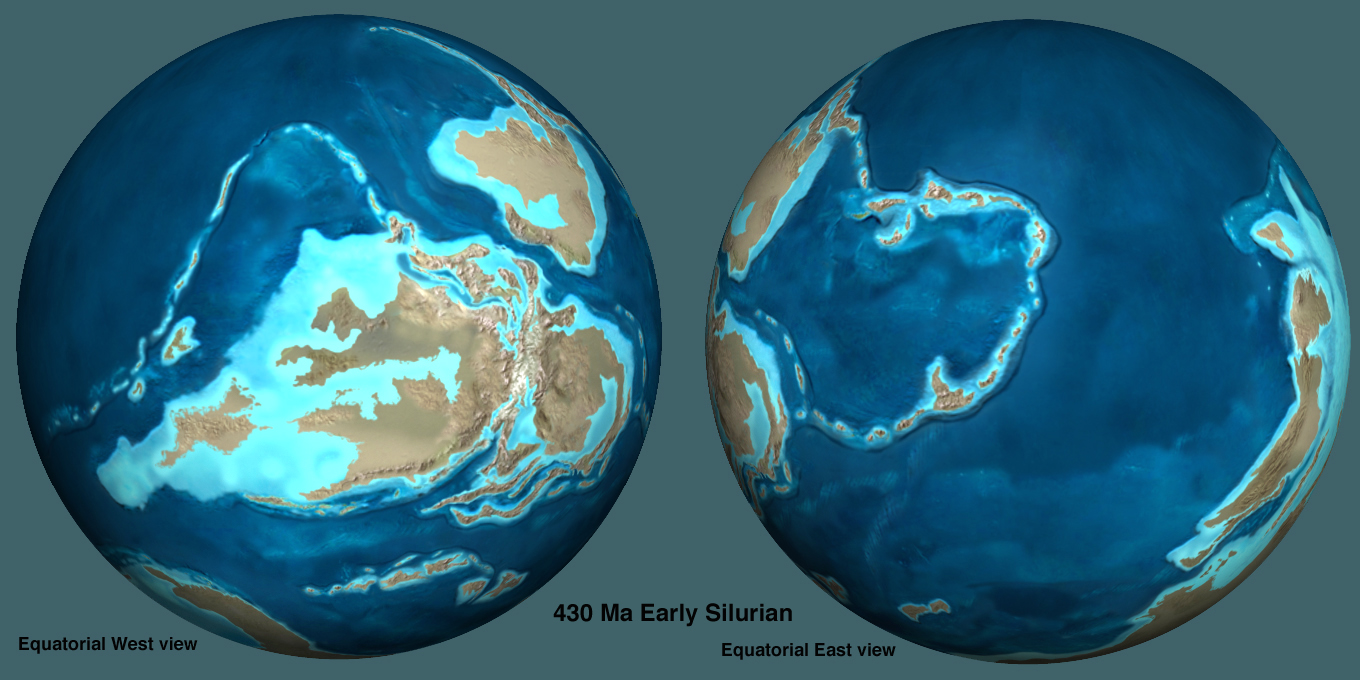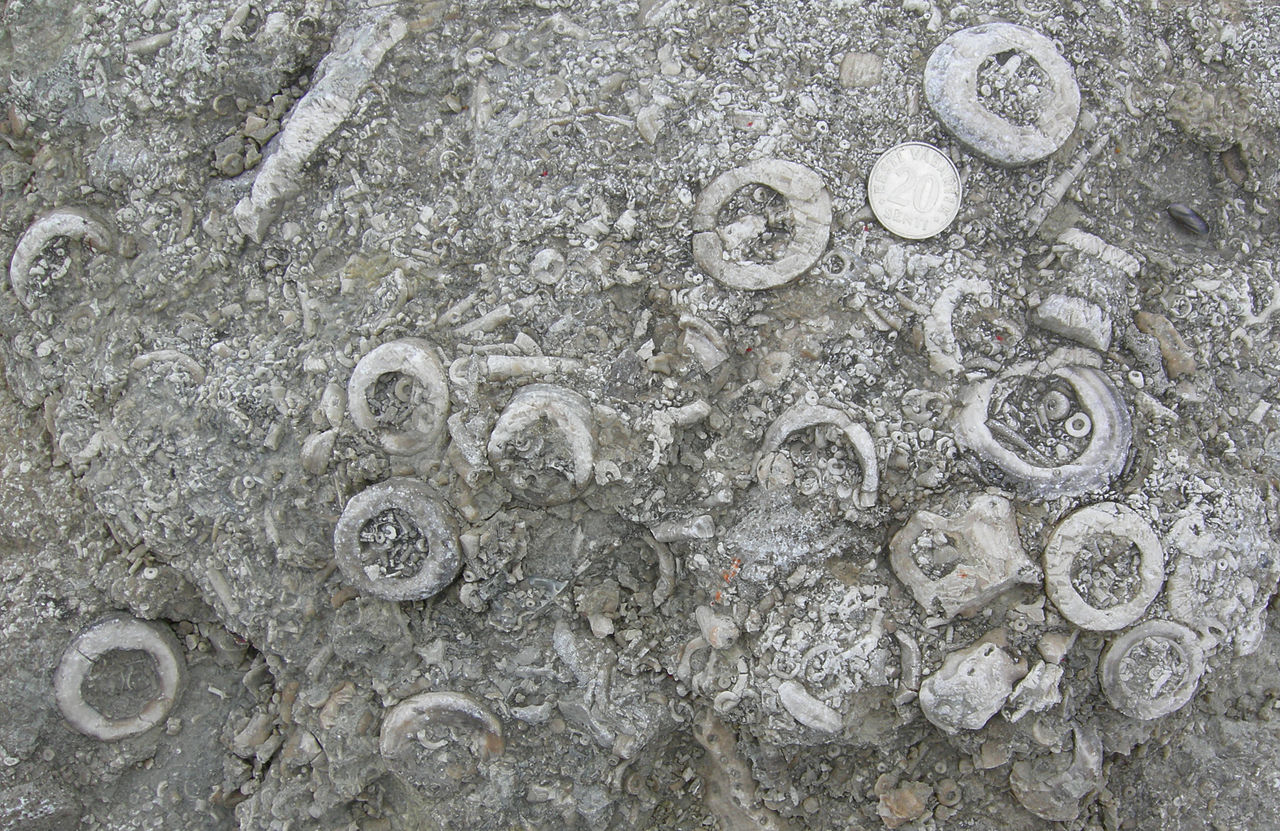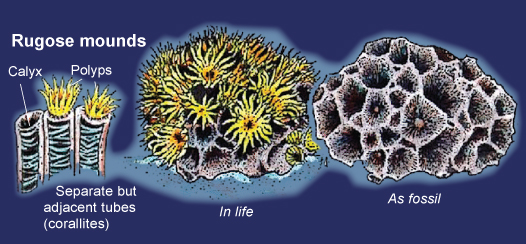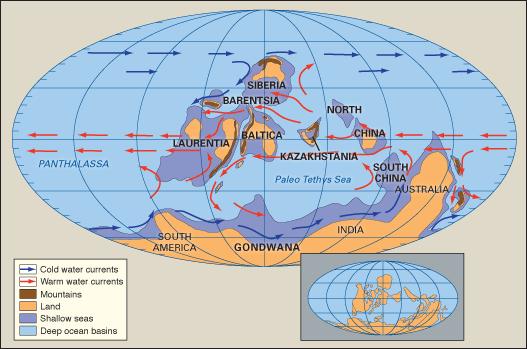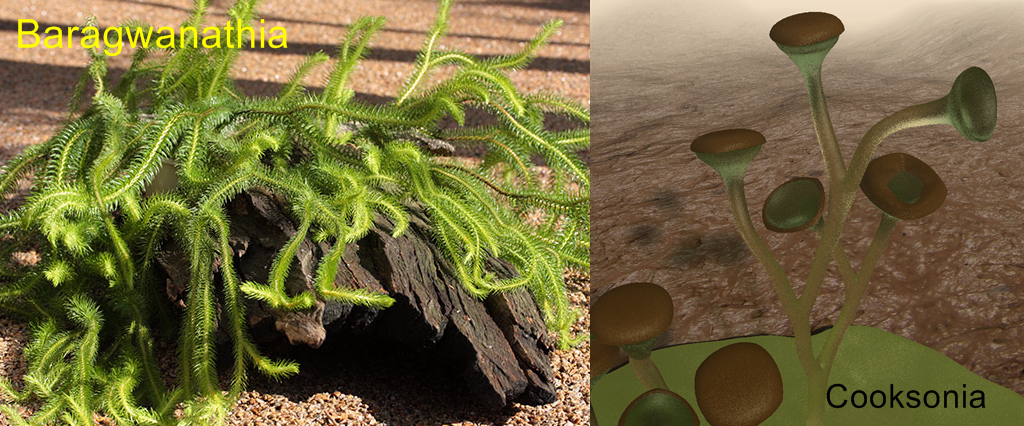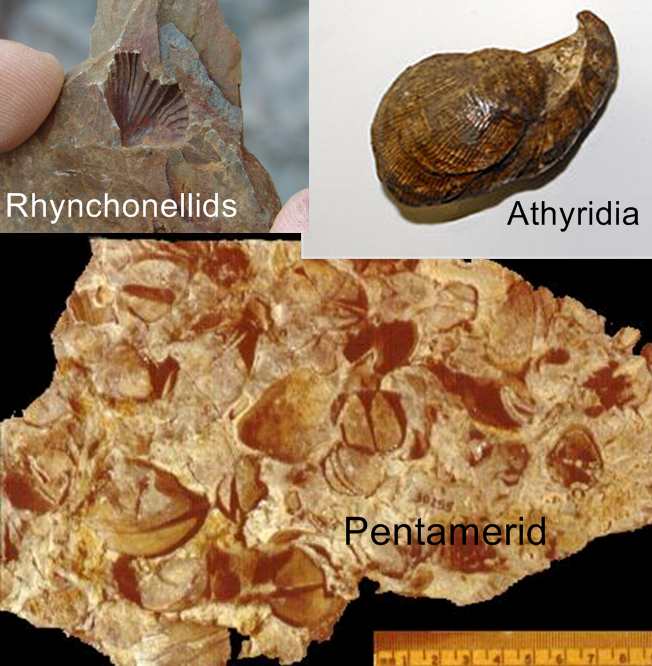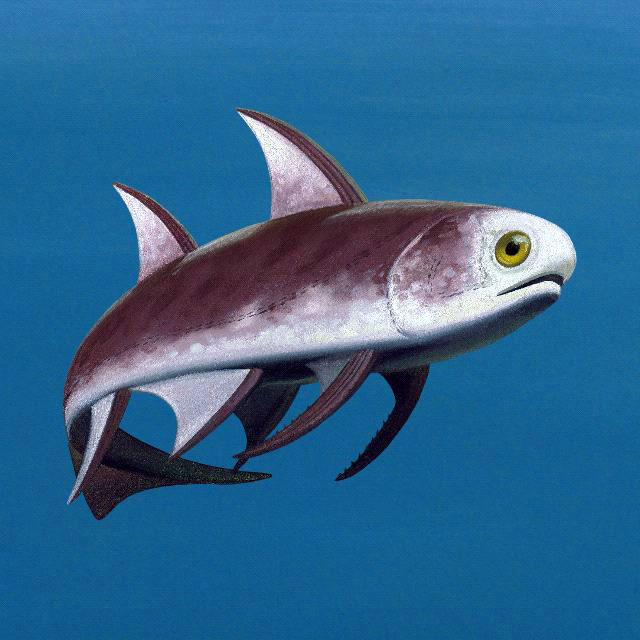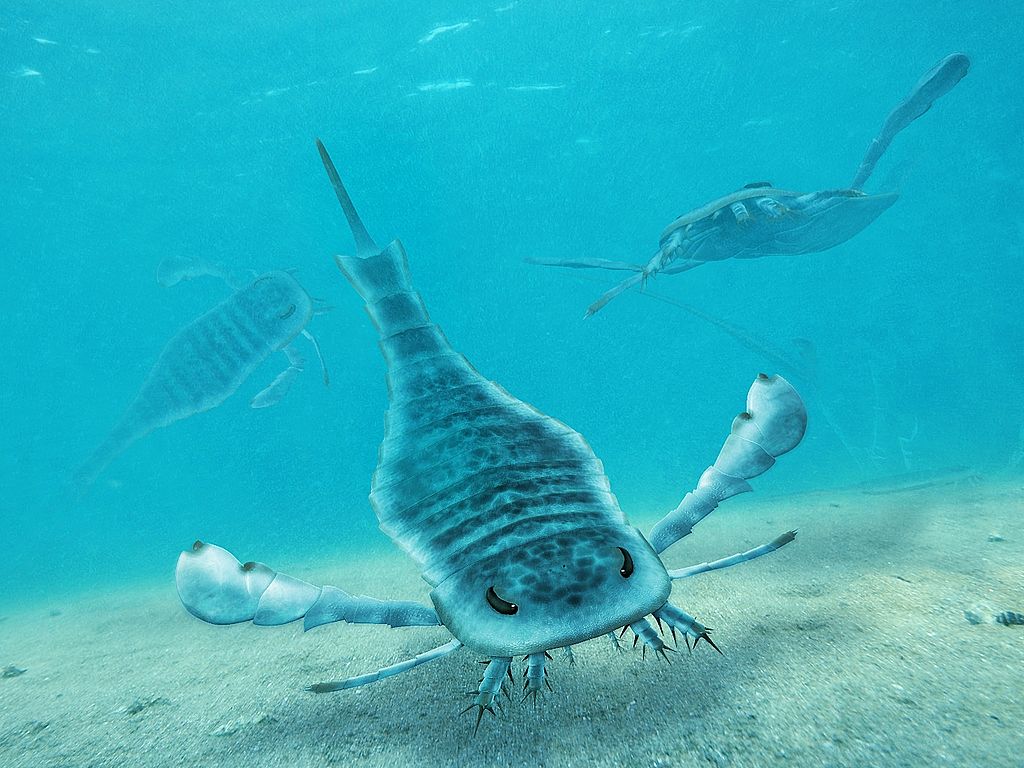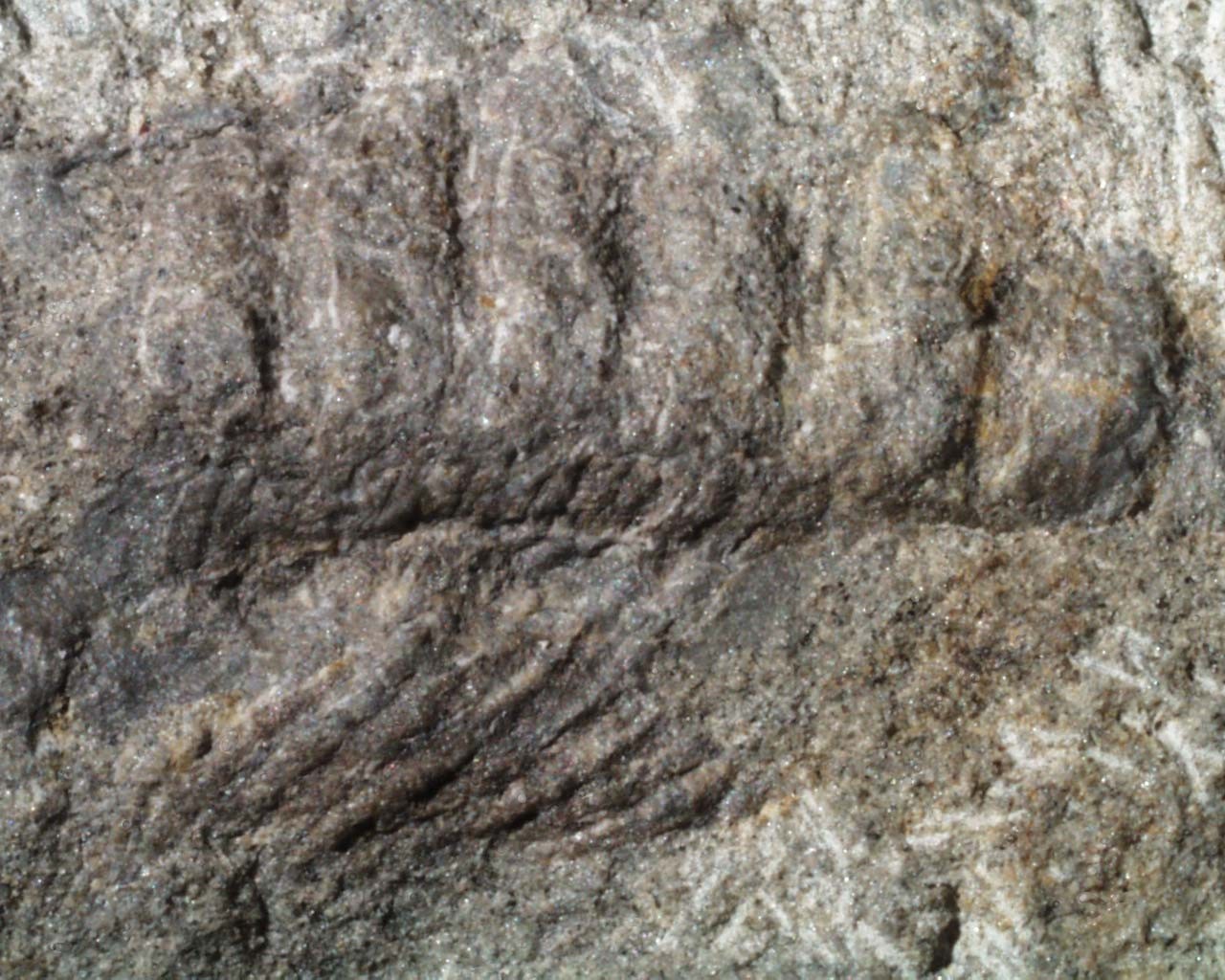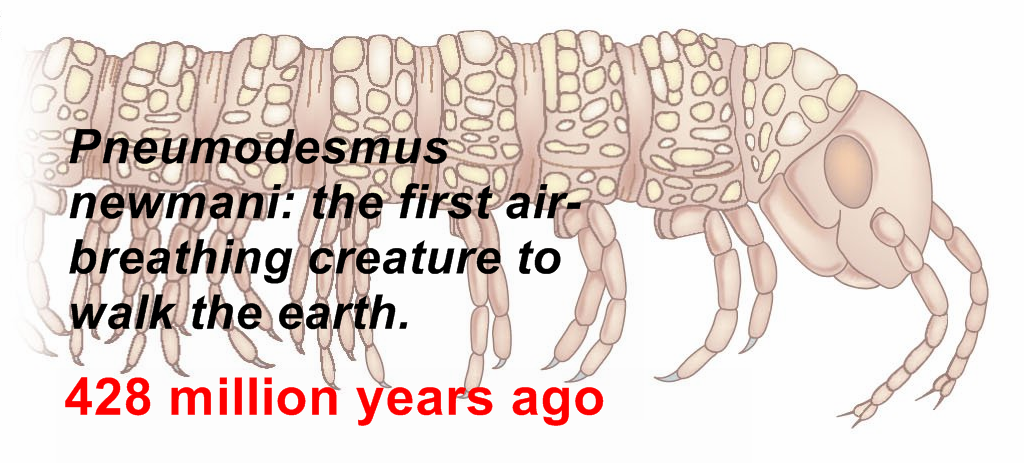The History Of Life: Creatures From The Silurian
Welcome to part three of my leisurely wander through the timeline of life. Recently, I touched on the Cambrian period which led to the Ordovician, and today we’ll tackle the scintillating Silurian.
The Silurian epoch begins after the Ordovician-Silurian extinction around 44 million years ago; these extinctions wiped out around 60% of all marine species. I covered some info about the Ordovician-Silurian extinction events in my Ordovician article, but basically, a brief and sinister cold snap seems to have been the culprit. In combination with the nippy weather there was volcanic beef afoot: a fall in carbon dioxide levels seems to have occurred due to an increase in silicate rocks (from volcanoes) which suck in CO2 as they erode.
Compared to the Ordovician, the Silurian era was more consistent as far as temperature was concerned, and much more clement. The Earth entered a long, warm greenhouse phase, and warm shallow seas covered much of the equatorial land masses.
Early in the Silurian, glaciers retreated back to the South Pole, almost disappearing in the middle of Silurian. The period witnessed a relative stabilization of the Earth’s general climate, ending the previous pattern of erratic climatic fluctuations.
The Silurian saw the advent of reefs, although they were built from a different type of coral than we see today:
British geologist Sir Roderick Impey Murchison first coined the term “Silurian.” He was inspired by his fellow geologist and friend, Adam Sedgwick, who had named the Cambrian phase after the Roman word for “Wales.” Roderick followed suit and named the Silurian after an ancient Welsh tribe – the Silures. Their homeland, however, has nothing at all to do with this particular epoch of time.
–x–
As an aside, the Silures were apparently a hardy warlike race. Tacitus wrote the following:
“… the swarthy faces of the Silures, the curly quality, in general, of their hair, and the position of Spain opposite their shores, attest to the passage of Iberians in old days and the occupation by them of these districts…”
Wherever their country of origin, they fought Roman invasion off with effective guerrilla tactics whilst many other tribes fell to their swords.
–x–
Annnnnd… back to the history lesson: one of the most significant events for life in the Silurian was the diversification of bony fish. The Silurian saw the first fish with jaws and the first ever freshwater fish. The era welcomed some early visitors to dry land in the form of moss-like plants and a small number of terrestrial arthropods. However, life on land would not see much action and diversification until the Devonian, who we shall visit next.
The supercontinent of Gondwana covered much of the southern hemisphere and the equator, leaving a huge unbroken sea across the rest of the earth. This huge sea is known as Panthalassa.
The high sea levels in conjunction with few mountainous regions created a large number of low-lying island chains, giving life plenty of opportunities to try out new environments.
Brand new land plant species appeared including Baragwanathia and Cooksonia, these were the first plants on earth to have a vascular system, i.e. phloem and xylem for transport of water and nutrients. These plants thrived but mainly stuck to the edges of the sea and river systems.
Imagine, if you will, the vast regions of Gondwana land spread before you with nothing but a few plants around the edges. Kind of like a gargantuan ancient Australia, but without the surfers around the edges and the multitude of poisonous creatures. No life AT ALL for thousands of miles.
Silurian hard-shelled creatures included pentamerids, rhynchonellids and athyridids:
The first bony fish, the Osteichthyes, appeared in the shape of the Acanthodians:
Fish differentiated widely and grew movable jaws, this was a good time for the fish.
Also, a vast array of sea scorpions – Eurypterids – hit the scene. Some of these were metres long and fearsome to behold.
The Silurian era, for better or worse, also gave birth to the first of the leeches.
The earliest known terrestrial animals appear during the Mid Silurian, including the millipede Pneumodesmus. Pneumodesmus newmani who lived 428 million years ago is currently considered the earliest creature to have braved life on land. Pneumodesmus newmani is known from a single fossil found in Aberdeenshire in 2004. The fossil was found by Mike Newman, a bus driver and amateur palaeontologist from Aberdeen, in a layer of sandstone rocks on the foreshore of Cowie, near Stonehaven.
Later in the Silurian (around 419 million years ago) Mr Newmani was joined by the likes of a silk-less extinct group of arachnids – the Trigonotarbida.
Unfortunately, like all good time periods, the Silurian included some extinctions. The Silurian had no less than three (relatively mild) extinction events:
Ireviken Event c. 433 mya
Half of all trilobite species went extinct along with 80% of the global conodont gang. The event began in the deep oceans and eventually made it to shallower climbs.
Mulde Event c. 427 mya
The Mulde Event is known as a secundo-secundo event (have you ever seen or heard a technical scientific term as pleasing as that? I doubt it). A secundo-secundo event is a type of global, oceanic anoxic event. It describes a period where the oceans were sucked dry of their oxygen and the life therein followed suit swiftly.
These anoxic events are thought to have been due to a slowing of ocean circulation, climatic warming and elevated levels of greenhouse gases, probably thanks to mass volcanic action.
Lau Event c. 424 mya
Many species caught the brunt of the Lau event, but thankfully, many managed to avoid the worst of the extinction and bounced back a few million years later.
–x–
The Silurian was a time of expansion, an expansion that even three extinction events couldn’t fully extinguish. It was a time of relative climatic calm which laid the foundation for the advancement of life onto land. A vast array of fish joined the folds of life, and land was finally visited by an air-breathing critter.
Join us next time for the Devonian era.
MORE PREHISTORY:
PLATYPUS GODZILLA & THE KING OF GORE

